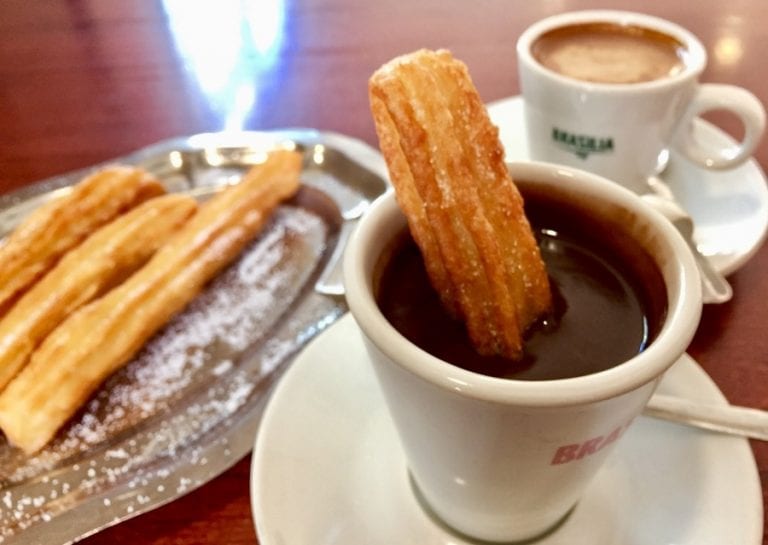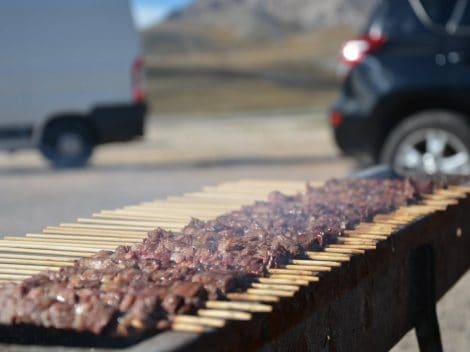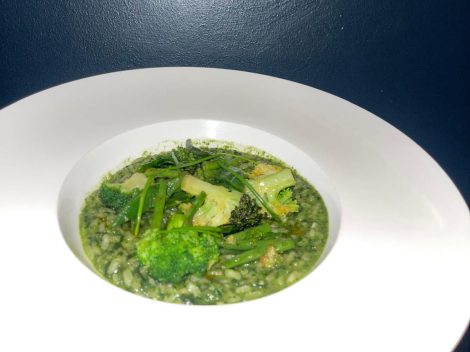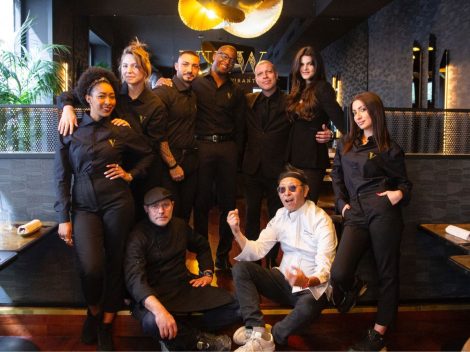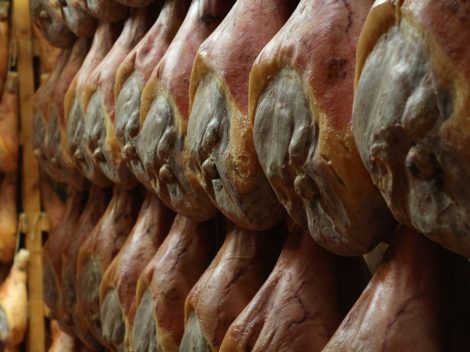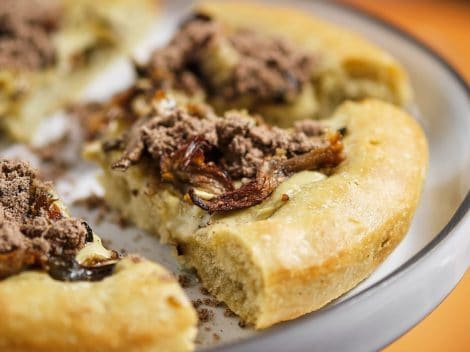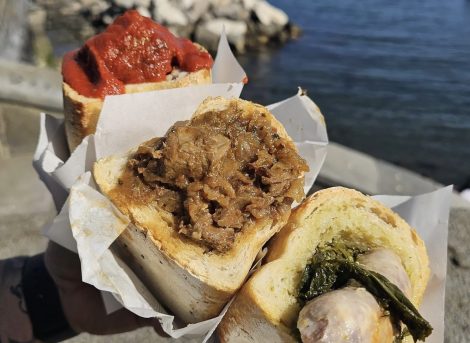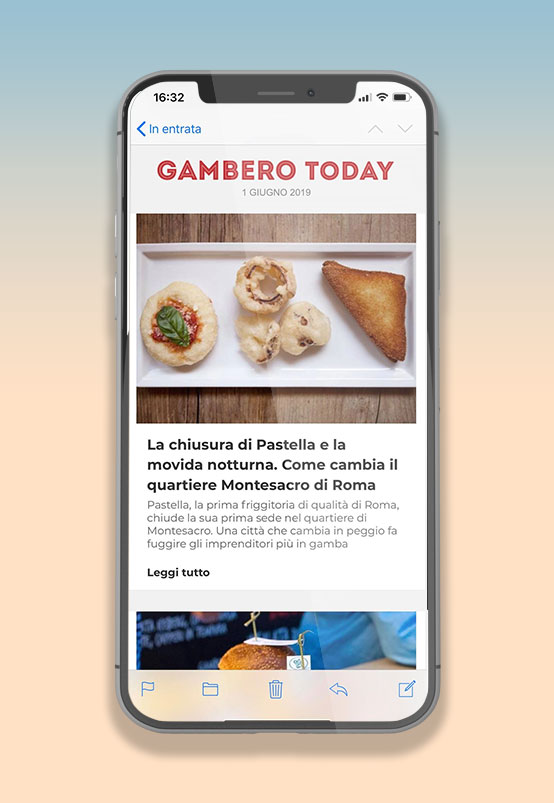Breakfast in Spain
Strongly Mediterranean flavors, the use of aromatic herbs, attention to extra-virgin olive oil, and the tradition of tapas, typical dishes that allow to taste all the best of local cuisine, in small bites. Spanish cuisine is colorful, fragrant, an ode to the pleasures of the table, a sense of communal sharing and the joy of the palate. One the oldest culinary cultures of the world, with a rich and varied agricultural heritage, the Iberian Peninsula celebrates good food starting from the morning, with a rich and sumptuous breakfast. There are churros, fritters now famous all over the world, to be eat warm and even better if paired with a cup of hot chocolate, but also bread and tomato, for those who prefer a savoury breakfast instead. Rich dishes to savor calmly, often forgotten in favor of a quicker and more practical solution, such as classic pan y mantequilla (bread and butter), or international brioche eaten alongside a cup of coffee with leche or a cortado, and freshly squeezed orange juice. What follows are some of the oldest traditions, and a recipe for making homemade churros.
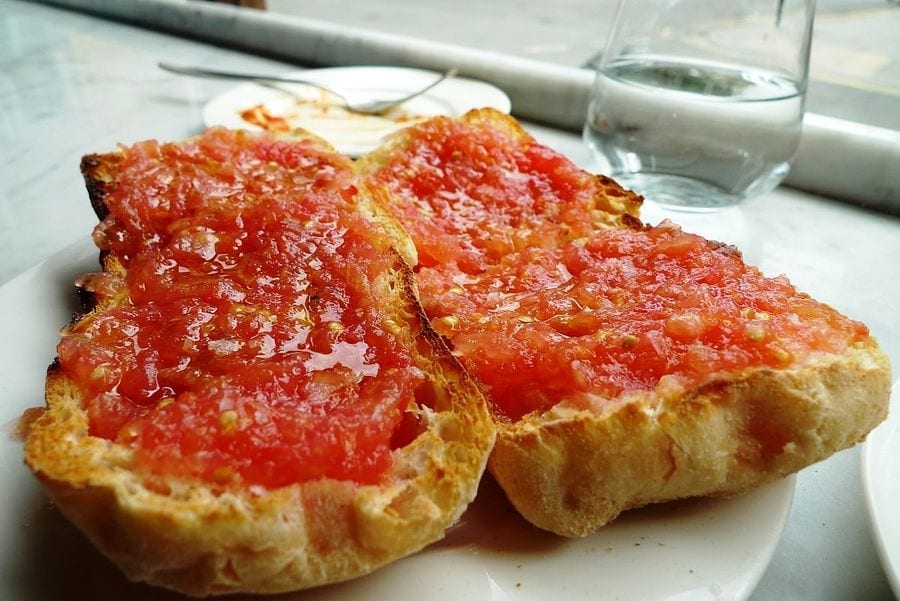
Bread and tomato, the farmers' breakfast
Common to many Mediterranean countries, pairing bread and tomato is one of the most classic snack, appreciated by adults and children alike. Spain is no exception, and indeed, has made this particular combo one of the specialties of the morning. Spanish pan y tomate consists in a slice of toasted bread topped with fresh ripe tomatoes, rubbed on the slice and then seasoned with extra-virgin olive oil and a pinch of salt. There are several variations, which include the addition of other vegetables, or the replacement of the ripe tomato with tomato sauce, but in any case it is a simple recipe and owning humble origins, present for centuries on Spanish tables. Legend has it that pan y tomate was born in the countryside of Catalonia, where it is known as pa amb tomaquet: peasant families used to use tomato to soften stale bread and thus obtain a tasty but affordable dish. This similarly happened in Italy with the birth of panzanella and all related leftover reuse recipes. The first written testimony of this specialty dates back to 1884 in the book "Modo de cuynar a la mallorquina" by Kaume Marti Oliver, who describes it as "panboli bo".
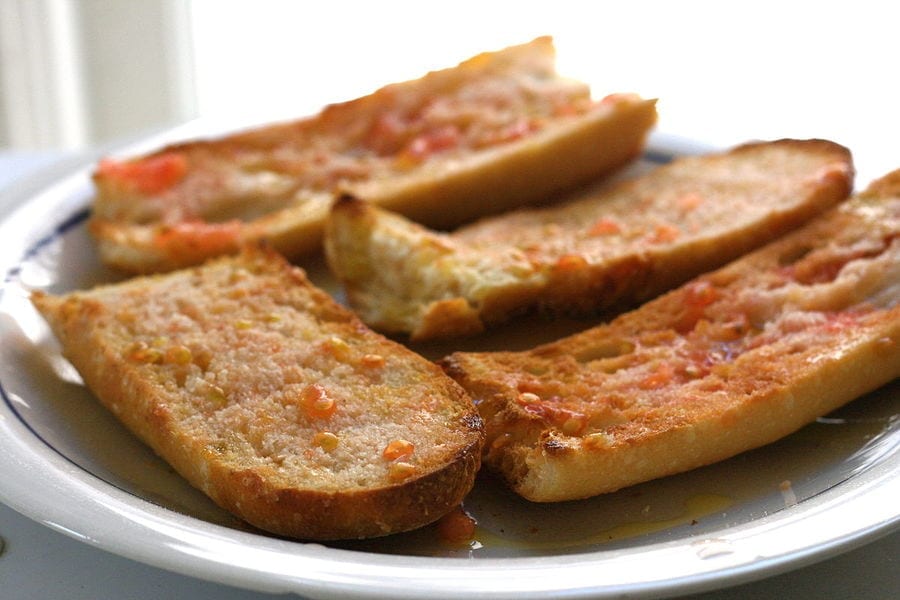
Pan de payés, Catalani homestyle bread
At the base of pan de payés, i.e. “bread of the farmers”, is the rural Catalan tradition of maintaining bread for many days. This is an ancient food whose origins are lost in the mists of time: the world of bread making in Spain has always been very developed, since the classical era. In the Middle Ages, the village miller was also the baker: it was, in fact, a common habit that those who cultivated cereals and grains also took care of the production of bread for the entire community. The product was also often prepared at home, round loaves made with dark flours - wheat and rye - at least until the second half of the 19th century. Towards the beginning of the 20th century bakers began to create new bread shapes and types, which were called with different names. The homemade loaf, simple and with a thick crust - an element that allows the bread to remain moist for longer - until then nameless, was soon called pan de payés, to symbolize its modest and familiar identity.
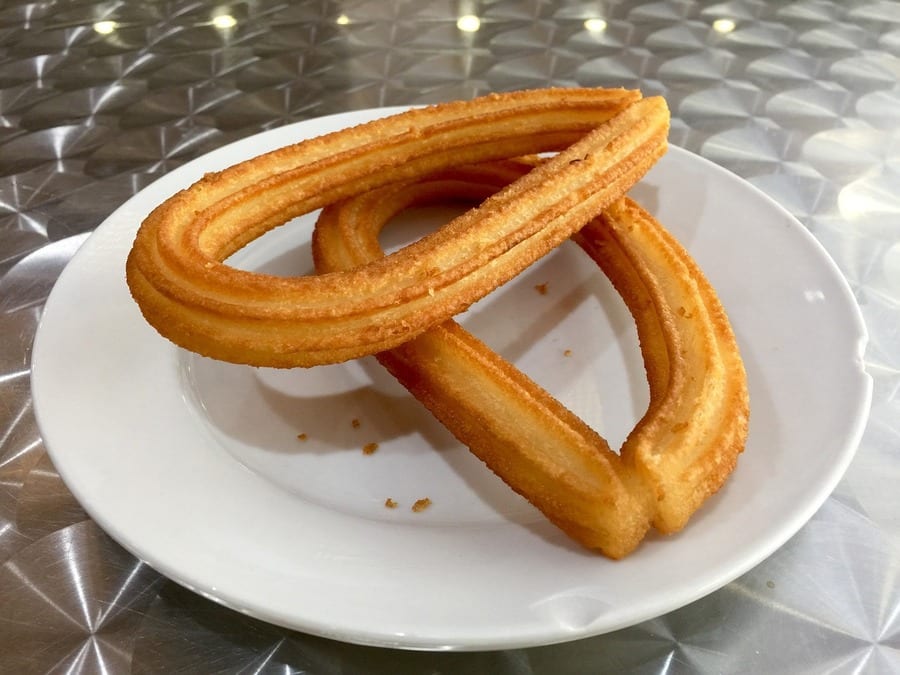
Churros and Spanish sheep
Among the most famous sweet specialties are churros, elongated pancakes eaten dipped in hot chocolate, accompanied by a good cup of coffee. There are many theories regarding the origin of this delicacy: according to some, it was the Spanish mountain shepherds who invented them. Not having access to village bakeries, they found themselves having to create a small-sized product, that could be cooked easily on the fire. Supporting this version is the existence of a sheep breed called "navajo-churro", typical of the Iberian Peninsula that's characterized by long horns shaped similarly to churros. Cousins of the churros are porras, made with the same dough but with a longer shape, thick and linear.
A Chinese invention?
According to another theory, it was the Portuguese sailors who imported the recipe, inspired by a food found in northern China called you tiao, a strip of savory and fried dough, eaten for breakfast with rice and tofu. To differentiate them from Asian specialties, the Portuguese decided to change their shape, giving the churro the typical striped section. This is a dessert that has travelled across the world, also finding success at South American tables, taking on different shapes, sizes and flavours. Today, we find Argentine churro relleno, the guava filled Cuban churros, the Mexican dulche del leche filled churros and Uruguayan cheese filled churros. There are also savory variations, seasoned with cheese, salami and spices, but in any case the best way to enjoy them remains the same, as the owners of Los Galayos, one of the oldest churrerias in Madrid, have recited since 1894: "Eating churros requires time and must be done without haste!".
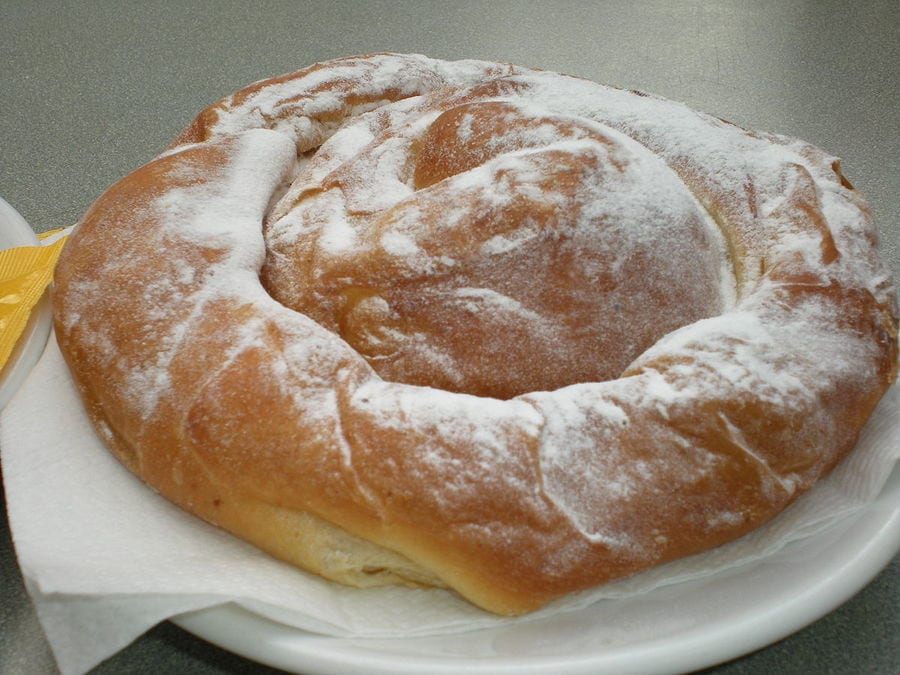
Ensaimada, the sweet from Mallorca
Spain - as we know - also includes many islands: Canary Islands, from Fuerteventura to Tenerife; the Balearic Islands, from Ibiza to Mallorca, each with their own local tradition, resulting from various influences. The typical breakfast, particular for taste and for its strong bond with locality is ensaimada, a sweet native of the island of Mallorca which owns Igp (Protected Geographical Indication) "Ensaïmada de Mallorca" denomination since 1996. There is no pastry shop, kitchen or Mallorcan bakery that doesn't sell this mixture of flour, water, eggs, sugar, yeast and lard, clasped in the typical spiral shape. A slow-leavening product, which requires great dexterity but above all a good dose of patience. To flavour it is cabell d'Angel, a sort of pumpkin jam, but also grains of sugar, chocolate chips or even, in the Argentinian version, the ubiquitous dulce de leche. A very popular specialty enjoyed especially during the Carnival period that precedes the Lenten fasting, when it is prepared with sobrasada - stuffed meat typical of the Balearic Islands - and pumpkin jam.
Recipes: churros with cheese
250 g. flour, sifted
250 g. water
2 eggs
30 g. butter
30 g. parmigiano or pecorino cheese, grated
Salt
Extra-virgin olive oil
Boil the water with the butter and salt. Pour in all the flour at once in the boiling water and mix with a wooden spoon until smooth. As the dough begins to pull away from the sides of the pot, remove from the stove, allow to cook and mix in the eggs one at a time. Keep working vigorously to obtain a smooth and satiny dough, and then incorporate the grated cheese. With the help of a spatula, transfer the dough in a pastry bag with a star tip. Heat the oil at 160-170°C. Starting from the centre of the frying pan, drop the dough in one single rod, forming a sort of spiral. Alternatively, form separate 10 cm rods. The important thing is that there is plenty of oil to fry, in order to change it often (the presence of cheese in the dough may create a residue that could easily burn and turn the oil bitter). Drai the churros on paper towel when they are evenly golden. Cut using scissors to the desired length and serve immediately.
by Michela Becchi
translated by Eleonora Baldwin
